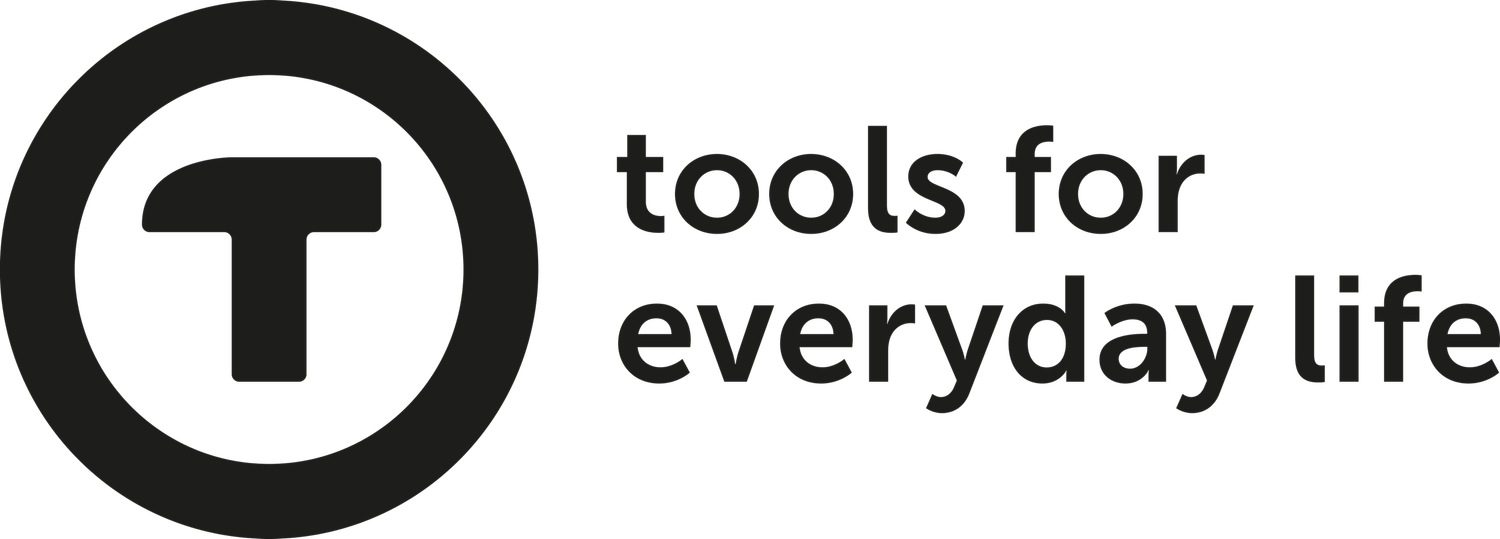Post and Pre Sketch
During the development of the products for a recent Tools for Everyday Life exhibition there were discussions amongst the designers involved about all manner of design issues, ranging from frustration with the brief through to skills, processes, timescales, costs, and the point of any of it. In short, the usual discourse that surrounds the design and production of man-made things. The vehicle for these exchanges is often a drawing.
Once a designer gets past the self-consciousness of showing a rough idea quickly drawn or even physically drawing in front of others the designer often finds it can be the only way of expediently resolving, confirming or raising an important issue. One thing that was talked about a lot by the designers getting ready for an exhibition of the latest ‘Tools for Everyday Life’ products was the idea of the genuine pre-sketch (‘pre’ in the sense it was done before it’s content was resolved) versus the ‘post-sketch’ done after the object has been designed but passed off as a preliminary musing. Monographs, blogs and promotional websites often include a designer’s drawings to help illustrate the background and inspiration to a project. Many of these are post-sketches. The content of such after the fact material is useful as a process summary and may well impress a client paying for the privilege of the designer’s time but also helps aid the myths that surround the creative process. The myth of a lone genius being struck by a moment of inspiration, jotting down an idea almost fully formed is ably reinforced with a nice annotated post-sketch. The post-sketch edits out the angst of hours spent mulling over what might be discarded. And to be honest the true design process illustrated in quickly drawn ‘roughs’ never intended to be shown anywhere might not be that attractive.
The randomness of a pre-sketch, with no audience for it imagined, can often contain a shopping list, profanity or unrelated musing whereas the self-conscious post sketch is a bit of communication looking to either tell a palatable story of design development or in some cases add value to something where the designer worries there is none. The inclusion of some pre-sketches alongside these words is to simply let the viewer in or at least have a peek at some of the stuff that happened before issues were resolved. There may be some faked ‘pre’ sketches, (some attempts to rationalize a process) that have snuck in to this selection. It’s not always easy to tell the “pre” from the “post”.


